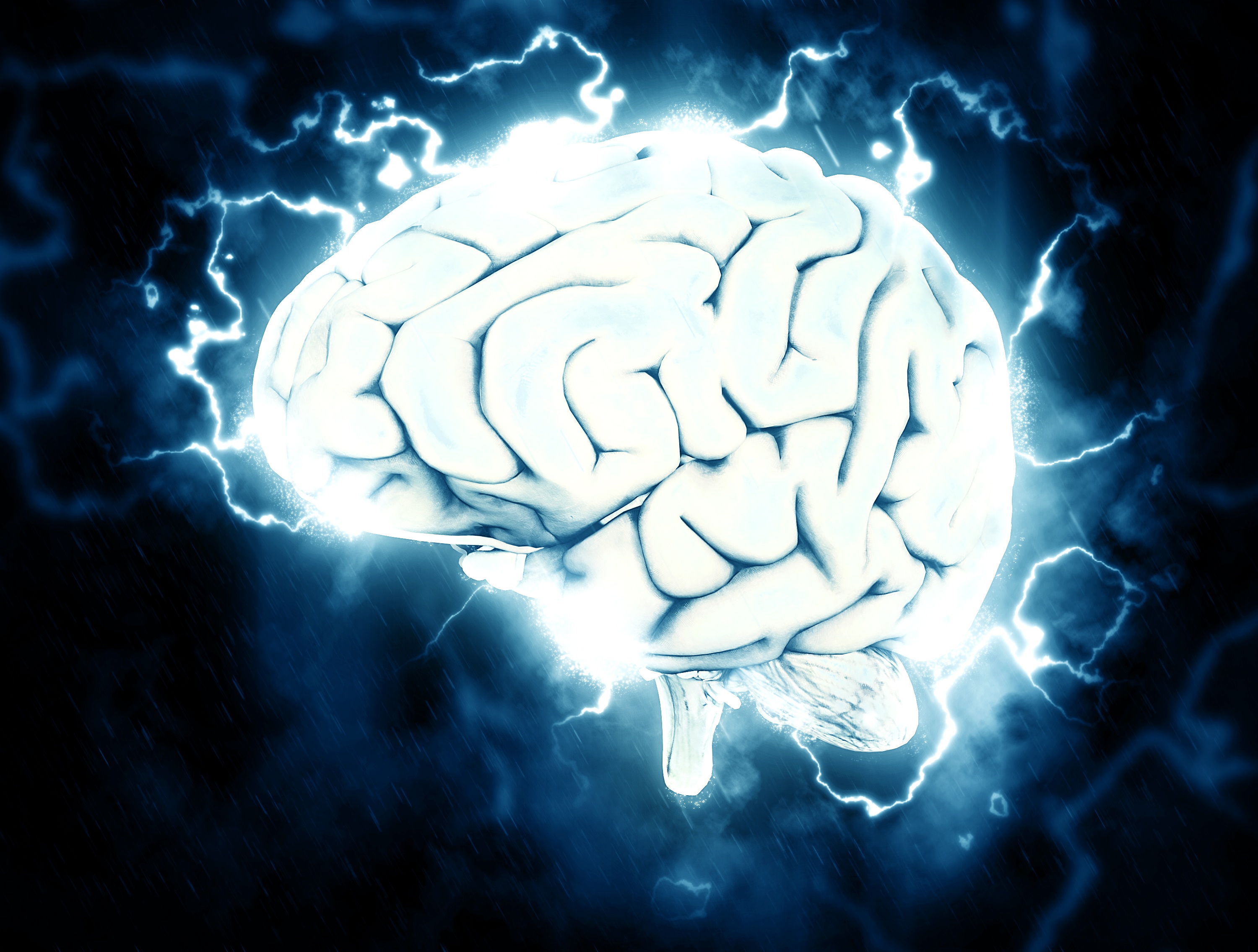
By Bharat Venkatesh
Do you remember playing “Concentration” or “Memory” as a child? I’m referring to a game where cards are distributed face down on a flat surface and have to be matched by players who need to remember the positions of the cards as they flip them face up each turn. If you have played it, perhaps you also remember being told that playing such games improves your memory, especially as a child while your brain is still developing.
Indeed, the brain is moldable to some extent due to its property of neuroplasticity, an inherent ability to alter its synaptic connections. This can extend from changes in individual neurons in response to day-to-day activity to even large-scale cortical remapping in response to severe injury. Learning anything rewires your neural network, continuously optimizing it toward the newly gained skill. The fact that our brains are constantly changing throughout our lives is also the basis of brain training exercises, such as the memory game.
Before diving into brain fitness, it is important to understand two aspects of intelligence: fluid and crystallized. Fluid intelligence is a measure of our ability to use logic to solve new problems and identify patterns and relationships in new situations. Crystallized intelligence draws on long-term memory and acquired skills, knowledge and experience. Considering this, most alterations in the brain’s neural network are geared toward improving crystallized intelligence as we learn and gain experiences, while fluid intelligence is generally considered to be fixed at the point when our brains complete development.
The dual n-back task is a complex software-based cognitive training process involving simultaneous visual and auditory stimulation. The task is similar to “Concentration” or “Memory,” albeit instead of recalling the location of multiple static items, a single item appears in different locations each turn along with an auditory stimulus such as a letter of the alphabet. The participant has to remember the position of the item as well as the auditory stimulus in previous steps. The complexity of dual sensory inputs, inability to form strategies, as well as the pressure of being timed pushes participants of the n-back task to their peak level. What is intriguing about this task is that despite its postulated ability to improve working memory due to the requirement to constantly refresh and maintain the “history” of the item’s position, training in this manner appears to transfer gains to fluid intelligence. This is possibly due to the improvement in attention and working memory, both of which are related to fluid intelligence.
Nevertheless, a true claim that the task results in an improvement in fluid intelligence requires that the gains remain over a long term or even permanently. While a 2008 study of the dual n-back task by University of Michigan Cognitive Neuroimaging Lab researchers Martin Buschkuehl and Susanne Jaeggi, as well as a second independent study conducted at the University of Technology in Hangzhou, China, found the task to be effective, a meta-analytical review by researchers from the University of Oslo, Norway, as well as subsequent independent studies counter those results.
Scientific research has thus not conclusively proven the effectiveness of n-back exercises, but a wide variety of training programs and apps have been developed that make use of the task. Despite many of those currently available espousing miraculous improvements to fluid intelligence with liberal use of neuroscientific buzzwords, the lack of conclusive evidence may mean they are marketing a pseudoscientific snake oil. On the other hand, there is a debate about the possible benefits of the training, and research on the subject continues to take place. Most of all, like the memory games you played as a child, these n-back games are hardly tedious. Give one a shot and have fun while you are at it. Consider any benefits you obtain a positive externality, and you have no way to lose.
Find more health & wellness articles at greenlivingaz.com/health
.






